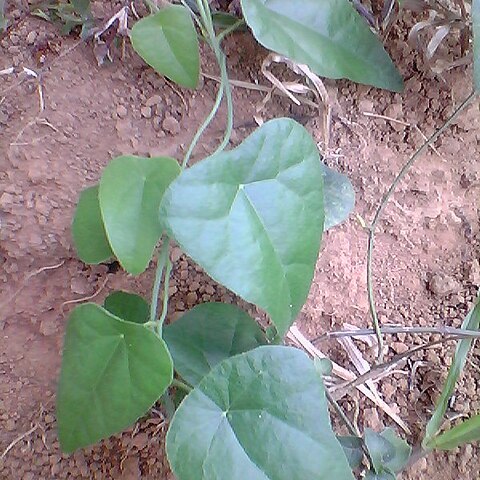Slender woody climbers. Leaves often peltate, palmately nerved. Inflorescences axillary, terminal or cauliflorous, pseudoracemose or thyrsoid. Male flowers: sepals 4(--5), free or connate into a 4(-5)-lobed calyx; petals 4, free or connate into a ± cup-shaped corolla or rarely 0; stamens connate into a peltate synandrium, anthers 4-5 dehiscing transversely. Female flowers: sepals and petals 1 (extra-Mal.), 2-3, rarely petals 0; staminodes 0; carpel 1, stigma 3-5-fid. Drupes curved with style-scar near base, obovate to rotund in outline, sometimes pubescent; endocarp bony with the condyle a central cavity around which the seed is curved, perforate ventrally between style-scar and base, often perforate laterally, dor sally ornamented with 3-6 rows of tubercles. Seed horse-shoe-shaped; embryo narrow, terete, embedded in endosperm.

